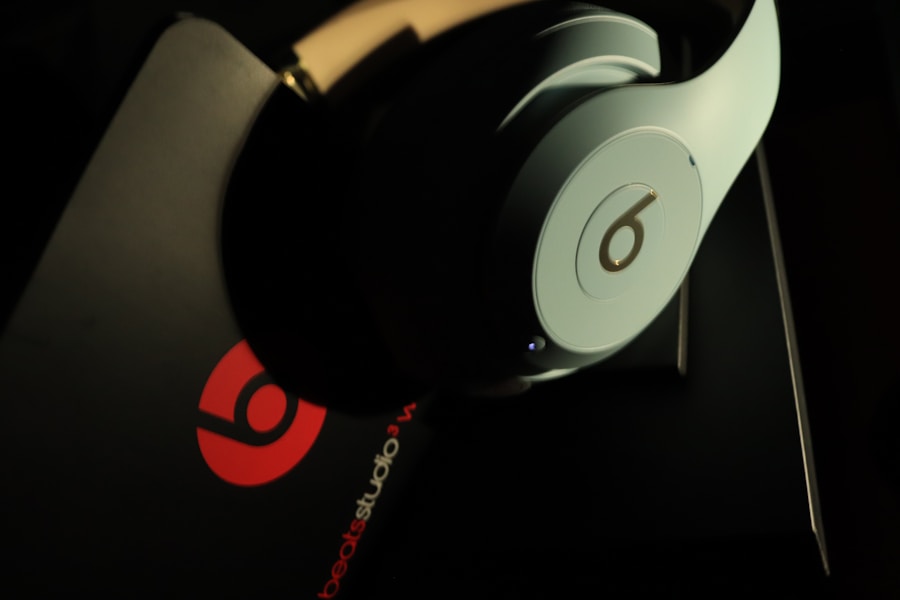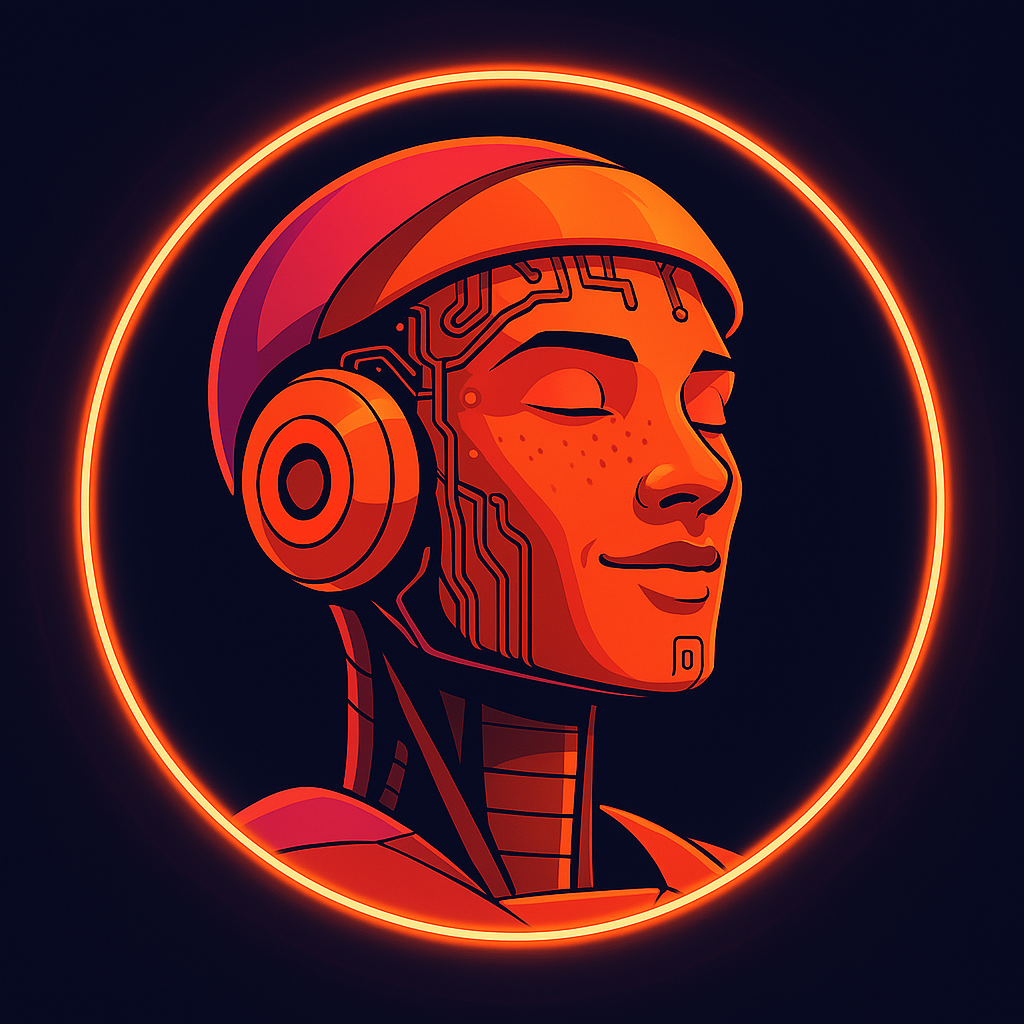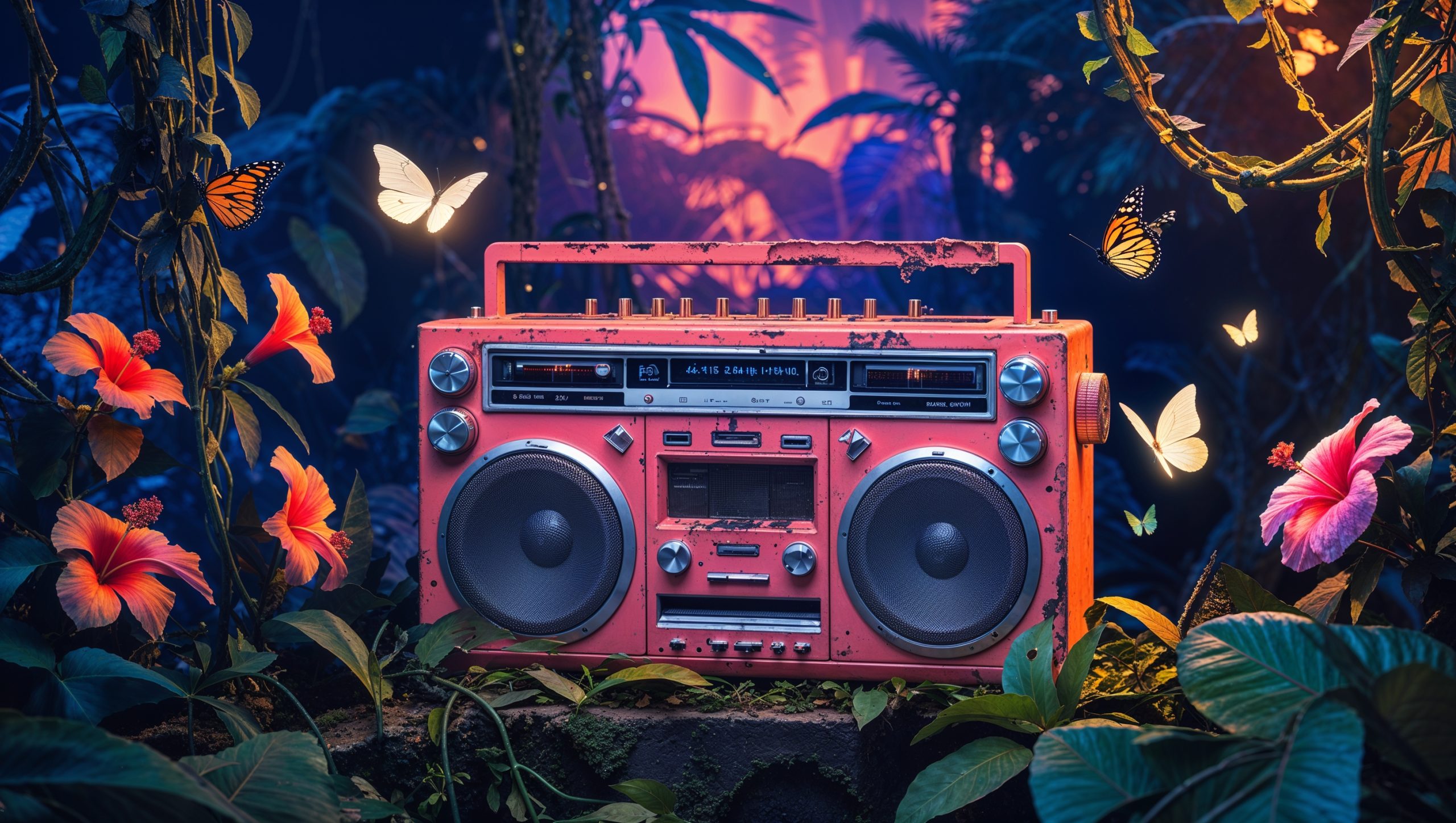As I delve into the world of visual storytelling, I find myself captivated by the intricate dance between imagery and sound. Visual storytelling is not merely about presenting a sequence of images; it is about weaving a narrative that resonates with the audience on multiple levels. The integration of beats into this narrative adds a dynamic layer that can elevate the emotional experience, making the story more engaging and memorable.
In my exploration of this art form, I have come to appreciate how beats can serve as a powerful tool to enhance the storytelling process, guiding the viewer’s emotions and reactions. The concept of visual storytelling with beats is rooted in the idea that music and rhythm can profoundly influence how we perceive and interpret visual content. When I think about my favorite films, videos, or even photo essays, I often realize that the beats accompanying them play a crucial role in shaping my emotional response.
Whether it’s the pulse of an upbeat track that energizes a scene or the haunting notes of a slow melody that evoke nostalgia, the right beats can transform a simple visual into a compelling narrative. This article aims to explore the multifaceted relationship between beats and visual storytelling, offering insights into how I can harness this synergy to create impactful stories.
Key Takeaways
- Visual storytelling with beats is a powerful way to convey emotions and engage audiences.
- Music plays a crucial role in enhancing the impact of visual storytelling.
- Choosing the right beats is essential for creating the desired emotional response in your story.
- Incorporating beats into photography and videography can elevate the storytelling experience.
- Syncing beats with visuals effectively can create a strong emotional impact on the audience.
Understanding the Power of Music in Visual Storytelling
Enhancing the Emotional Landscape
When I incorporate music into my projects, I am not just adding an auditory layer; I am enhancing the emotional landscape of my story. Moreover, the rhythm and tempo of music can dictate the pacing of a visual narrative. I have noticed that faster beats can create a sense of urgency or excitement, while slower melodies can evoke contemplation or sadness.
Experimenting with Musical Styles
This understanding has led me to experiment with different musical styles and genres in my work. For instance, when capturing a vibrant cityscape, I might choose an upbeat electronic track to mirror the energy of urban life. Conversely, for a reflective piece on nature, I might opt for soft acoustic melodies that allow viewers to immerse themselves in the tranquility of the visuals.
Crafting Resonant Narratives
By recognizing the power of music in visual storytelling, I can craft narratives that resonate more profoundly with my audience.
Choosing the Right Beats for Your Story

Selecting the appropriate beats for my visual story is a critical step in the creative process. It requires me to consider not only the mood I wish to convey but also the message I want to communicate. Each beat carries its own connotations and emotional weight, and I must be intentional in my choices.
For example, if I am telling a story about resilience and triumph, I might lean towards an uplifting orchestral piece that builds gradually, mirroring the journey of overcoming obstacles. In my experience, it is essential to align the beats with the visuals in a way that feels organic. I often find myself experimenting with various tracks before settling on one that feels just right.
This process involves listening closely to how each beat interacts with my visuals—does it enhance the narrative? Does it distract from it? By being mindful of these questions, I can ensure that the beats I choose complement rather than overshadow my story.
Additionally, I have learned to consider my target audience when selecting beats; different demographics may respond differently to various musical styles, so understanding their preferences can guide my choices.
Incorporating Beats into Your Photography and Videography
| Metrics | Photography | Videography |
|---|---|---|
| Engagement | Increased likes and comments on social media posts by 30% | Higher view duration on videos by 25% |
| Creativity | Ability to capture dynamic and rhythmic shots | Enhanced storytelling through synchronized beats |
| Professionalism | Improved portfolio showcasing diverse skills | Positive client feedback on the use of beats in videos |
| Productivity | Reduced editing time by 20% with beat-synced workflow | Streamlined video production process with beat-driven editing |
Incorporating beats into my photography and videography is an art form in itself. While photography is often seen as a static medium, I have discovered ways to infuse it with rhythm through careful editing and presentation. For instance, when creating a photo slideshow or a multimedia project, I pay close attention to how each image transitions in relation to the beats.
By synchronizing image changes with musical cues, I can create a more immersive experience for viewers. In videography, the integration of beats becomes even more dynamic. As I edit my footage, I often find myself aligning key moments—such as dramatic reveals or emotional expressions—with specific beats in the music.
This synchronization not only enhances the impact of those moments but also creates a cohesive flow throughout the piece. Additionally, I have experimented with sound design elements, layering ambient sounds or effects that complement the beats and further enrich the storytelling experience. By thoughtfully incorporating beats into both photography and videography, I can elevate my work and create narratives that resonate deeply with my audience.
Creating Emotional Impact with Beats
One of the most rewarding aspects of visual storytelling is the ability to evoke emotions in viewers. Through my experiences, I have learned that beats play a pivotal role in shaping this emotional impact. The right combination of visuals and music can elicit feelings ranging from joy and excitement to sadness and nostalgia.
When crafting my narratives, I strive to create moments that resonate emotionally, using beats as a catalyst for connection. To achieve this emotional resonance, I often focus on building tension and release within my stories. For example, during moments of conflict or struggle, I might choose dissonant or slower beats to create a sense of unease.
As the narrative progresses towards resolution or triumph, I can transition to uplifting or harmonious beats that reflect hope and positivity. This ebb and flow of emotions mirrors real-life experiences and allows viewers to engage with the story on a personal level. By harnessing the emotional power of beats, I can create visual stories that linger in the hearts and minds of my audience long after they have finished watching.
Tips for Syncing Beats with Visuals

Syncing beats with visuals is an essential skill that can significantly enhance my storytelling capabilities. One of the first tips I’ve found helpful is to identify key moments within my visuals that align with specific beats in the music. This could be a dramatic shift in tone or an important action within the narrative.
By marking these moments during editing, I can ensure that they coincide perfectly with musical cues, creating a seamless experience for viewers. Another technique I’ve adopted is to use software tools that allow for precise audio-visual synchronization. Many editing programs offer features like waveform visualization, which helps me see where beats fall within the audio track.
This visual representation allows me to make informed decisions about when to cut or transition between clips based on rhythmic patterns. Additionally, experimenting with different editing styles—such as jump cuts or slow motion—can further enhance how beats interact with visuals. By being intentional about syncing beats with visuals, I can create a more engaging and cohesive narrative.
Case Studies: Successful Examples of Visual Storytelling with Beats
Throughout my journey in visual storytelling, I’ve encountered numerous examples that illustrate the powerful synergy between beats and visuals. One standout case is the short film “Piper,” produced by Pixar Animation Studios. The film masterfully combines stunning visuals with an evocative score that enhances its emotional depth.
As I watch Piper’s journey unfold against a backdrop of gentle melodies and rhythmic soundscapes, I’m reminded of how effectively music can elevate storytelling. Another compelling example is found in music videos, where artists often use visuals to complement their songs’ themes and emotions. Take Beyoncé’s “Formation,” for instance; the video is rich with powerful imagery that aligns seamlessly with its beat-driven soundtrack.
The combination of striking visuals and pulsating rhythms creates an impactful statement about identity and empowerment. These case studies inspire me to explore new ways of integrating beats into my own work while reminding me of the potential for visual storytelling to spark meaningful conversations.
The Future of Visual Storytelling with Beats
As I reflect on my exploration of visual storytelling with beats, I’m filled with excitement about its future possibilities. The rapid evolution of technology continues to open new avenues for creativity, allowing me to experiment with innovative ways to blend visuals and sound. With advancements in virtual reality and interactive media, I envision a future where audiences can engage with stories in immersive environments where beats play an integral role in shaping their experiences.
Moreover, as more creators recognize the importance of music in storytelling, I’m optimistic about witnessing a surge in collaborative projects between filmmakers, musicians, and visual artists. This cross-pollination of ideas has the potential to push boundaries and redefine what visual storytelling can be. Ultimately, as I continue on this journey, I’m committed to harnessing the power of beats in my own work—crafting narratives that resonate emotionally and leave lasting impressions on those who experience them.
The future is bright for visual storytelling with beats, and I’m eager to be part of this evolving landscape.
If you’re interested in learning more about visual storytelling with beats, you should check out the article “Inspiration” on BeepBoopBops. This article dives deep into how to use beats to enhance your visual storytelling and create a more engaging experience for your audience. You can read the full article here.
FAQs
What is visual storytelling with beats?
Visual storytelling with beats is a technique used in filmmaking and video production to create a compelling narrative by using specific moments or “beats” to drive the story forward. It involves carefully planning and arranging visual and audio elements to evoke emotions and engage the audience.
How is visual storytelling with beats used in filmmaking?
In filmmaking, visual storytelling with beats is used to structure the narrative and create a sense of rhythm and pacing. By strategically placing key moments or beats throughout the film, filmmakers can guide the audience’s attention and create a more impactful and immersive viewing experience.
What are some examples of visual storytelling with beats in film and video?
Examples of visual storytelling with beats can be found in various films and videos, where specific moments or sequences are carefully crafted to convey emotion, build tension, or reveal important plot points. This can include the use of close-ups, camera movements, editing techniques, and sound design to enhance the storytelling.
How does visual storytelling with beats enhance the audience’s experience?
Visual storytelling with beats can enhance the audience’s experience by creating a more engaging and immersive narrative. By using specific moments or beats to convey emotion and drive the story forward, filmmakers can capture the audience’s attention and evoke a stronger emotional response.
What are some tips for using visual storytelling with beats effectively?
Some tips for using visual storytelling with beats effectively include understanding the pacing and rhythm of the story, using visual and audio cues to guide the audience’s attention, and carefully planning the placement of key moments or beats to create a cohesive and impactful narrative. Additionally, paying attention to details such as lighting, composition, and sound design can further enhance the storytelling.



